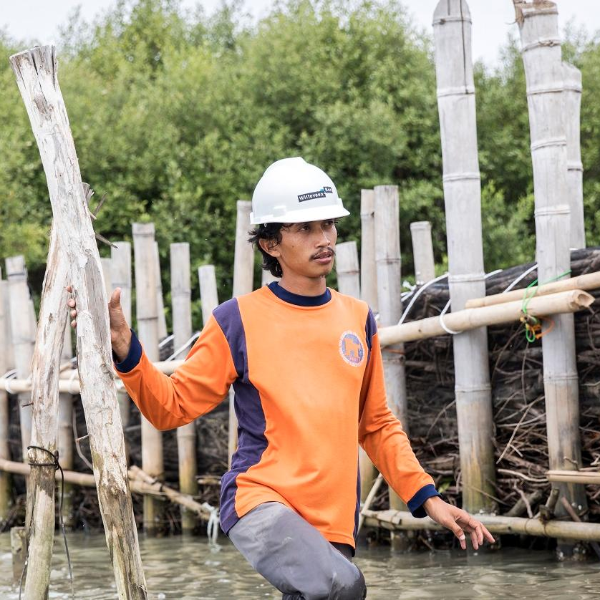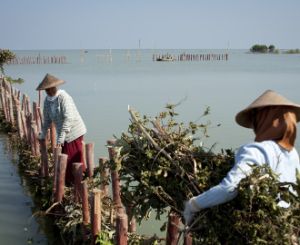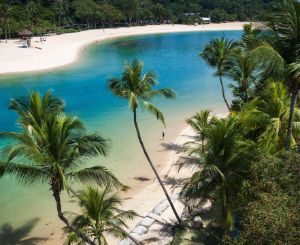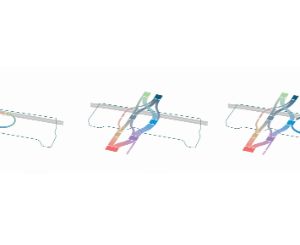Design with nature

Design with nature
Design with nature
The ‘Design with nature’ principle involves using natural processes to strengthen the design. Working with nature instead of against it. This can prevent unintended negative side-effects and create extra benefits, such as nature benefits. It may also make the design cheaper.
The ‘Design with nature’ principle requires the engineer to map out natural processes: physical, chemical and/or biological. During the design, it is then important to prevent negative effects in these processes, while making proper use of these natural processes to create additional benefits. The principle is also known as ‘Building with Nature’. It is applied by performing a system analysis, where the project is considered in its broader, integral context. In a system analysis you identify the dominant processes, before identifying the key factors that can influence the processes, and finally you identify effective measures that effect those key factors.
System analysis
System analysis is a much-needed ally in applying the sustainable design principles. A water system, a soil system, a financial system, a computer system or a social system: only when you understand just how the system works can you take effective measures to influence the system in the desired direction.
In a system analysis we consider a system’s situation in relation to processes that affect that situation. Ecologist Sebastiaan Schep has been doing this for thirteen years. ‘For instance, we regularly analyse water systems: we look closely at the current situation (which plants and animals are there, what is the water quality?) and consider which environmental and other processes that could influence this situation. We then analyse these processes – such as the external water supply and the phosphate load from agriculture – and see whether this can indeed explain the water system quality. We repeat this ‘dialogue’ between quality analysis and process analysis until we have identified the processes that best explain water system quality. This ensures that we understand the system and can identify effective measures. Measures that affect the relevant processes but also have a direct effect on quality.’




